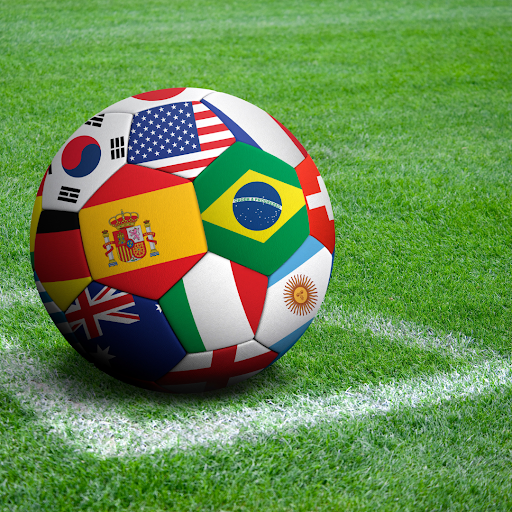Kids grow up fast! One second, you’re dealing with sippy cups, and the next, you’re thinking about the World Cup. For sports-loving families, putting a child on the path to soccer success isn’t easy; it takes dedication, skill, hard work, and a bit of luck. It’s also something that requires patience and can best be understood with the following timeline:
👶⚽ Early Development
Early development typically encompasses the elementary school years and includes the following:
-
Basic soccer skills, an understanding of the rules, fundamental motor skills, and engaging in friendly competition
-
Involvement in local clubs, school soccer programs, recreation centers, and community programs
-
The fostering of a strong foundation of soccer know-how and a love for the game
🏃♂️🔥 Youth Clubs and Academies
As your child transitions to middle school and early high school, soccer becomes increasingly competitive and demands a greater level of both skill and commitment. This stage of the pathway typically involves the following:
-
Advanced skills, an emphasis on physical conditioning, and a tactical as well as strategic understanding of the game
-
Participation in professional clubs, academies, and elite training centers
-
The development of specific skills, positional talents (i.e., goalie versus forward), and intense competition
US National Teams
As your child approaches the age of 16 or 17, national teams become a factor. During this stage of the soccer pathway, you can expect the following:
-
Exposure to higher levels of competition, including international tournaments
-
Participation in national youth teams and competitions worldwide
-
The development of physical and psychological resilience, competitive exposure, and comparison with peers
🧠⚔️ Professional Leagues
During early adulthood (ages 18-23), your child should start playing professionally or at higher levels than before. This may include the following:
-
Emphasis on physical and mental maturity, consistent performance, and ongoing skill development
-
Participation in national team call-ups, as loan players, or in club first teams
-
A chance for your child to stand out from the crowd and establish themselves as a key player
🎖️🏅 Senior National Team
The Senior National Team typically features soccer players aged 20 and older. It encompasses the following:
-
A focus on peak performance, teamwork, and adaptability
-
Participation in National Team camps, friendlies, and qualifiers
-
An opportunity for players to represent their countries at the highest level in the FIFA World Cup.
As most parents know, kids grow up fast, and being prepared for what’s coming down the road (and the pitch) is one of the best ways to give your child everything they need to succeed.
At PTJ Shoes, we aim to empower players of all levels to embrace their individuality and play with confidence. We take pride in being a brand built on passion, guided by family values, and designed for the next generation of game-changers. Explore our elite collection of cleats here.


Share:
Common Financial Barriers for Soccer Families (and How PTJ is Working to Help)
Breaking in New Cleats: What Works (and What Doesn’t)